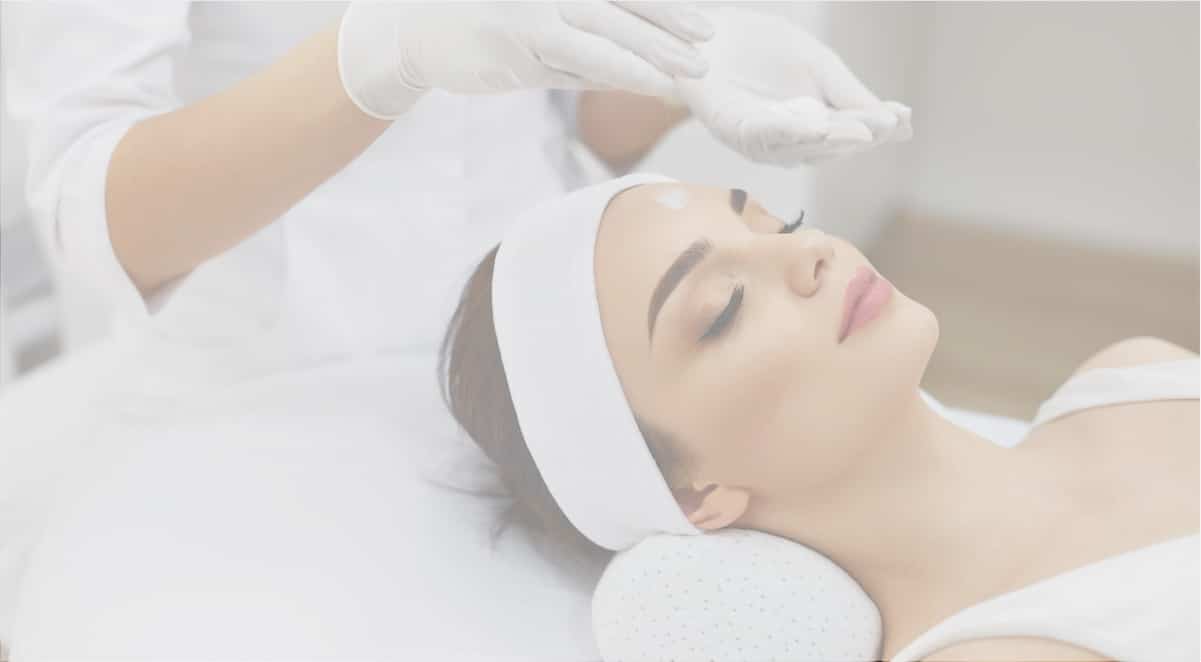
Cellulitis is a common skin infection that is caused by either Staphylococcus or Streptococcus bacteria. Both bacteria occur naturally on the skin, but infection can be triggered if a person experiences a cut or other type of skin break. This allows the bacteria to enter the body, which leads to an active infection.
Any type of skin crack, break, or cut can cause cellulitis, but some triggers are more common than others. At the Skin Care Center of Southern Illinois, most of our cellulitis patients have experienced one or more of the following.
It is important to remember that cellulitis most often occurs on the surface of the skin, but it can also affect underlying tissues. If the skin break is severe enough, the infection can spread to the bloodstream. If you notice any cellulitis symptoms around a skin break, no matter how minor, it is important to see a doctor as soon as possible.
Cellulitis symptoms are characteristic of most infections. For many patients, they include pain and tenderness around the affected area, redness and inflammation, and a skin sore or rash that grows rapidly. Symptoms may also include chills, fever, muscle ache, fatigue, pain, or itchiness in an area with a skin rash or sore. The redness increases in size as the infection spreads. It typically comes on suddenly and spreads quickly.
Cellulitis can arise anywhere on the body, but it usually appears on the face or legs. Be sure to contact your dermatologist as soon as you observe these symptoms to start an effective treatment. More serious symptoms can include shaking, dizziness, and sweating. If you experience any of these signs, call your doctor immediately.
Cellulitis treatment most often involves taking oral antibiotics, typically for between 5 and 14 days. If the infection is severe, your doctor may also prescribe some form of pain relief. The infection should disappear or significantly decrease within 7 to 10 days after beginning an antibiotic course, but it is imperative that you finish the antibiotic regimen even if the infection appears to have healed. If, after beginning antibiotics, your symptoms get worse, you develop a fever, or if your symptoms don’t change within 3 days, call your doctor. The most severe forms of cellulitis will need to be treated by intravenous antibiotics in a hospital.
To prevent cellulitis, be sure to clean any cut or break in the skin promptly with soap and water and cover the wound with a bandage until it scabs over. Watch for redness, tenderness, drainage or pain as these are signs of infection.
Cellulitis treatments are only available with a doctor’s prescription. If you suspect you have an infection, contact your dermatologist as soon as possible. The faster you receive treatment for cellulitis, the less severe the infection is likely to be. If you are interested in an evaluation by one of our board certified medical dermatologists, contact us to schedule an appointment.